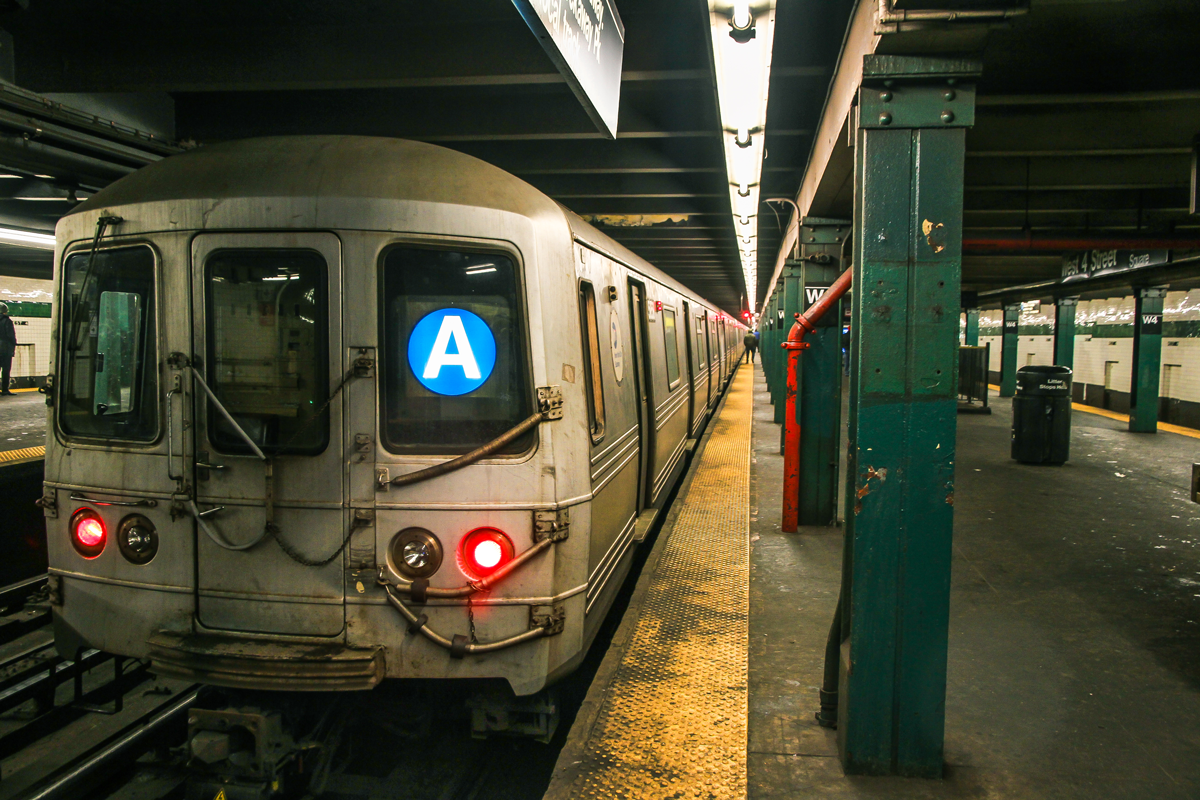Maura Barrett
Lucas Thompson
www.nbcnews.com
CHICAGO — On a recent tour underneath Chicago’s iconic skyline, Alessandro Rotta Loria, an assistant professor of civil and environmental engineering at Northwestern University, pointed out one of the sensors he and his team have installed across the city to track underground temperatures.
Not much bigger than a credit card, more than 100 of the sensors have been placed in parking garages, basement boiler rooms and subway tunnels all around the downtown Loop of Chicago in an effort to track what Rotta Loria describes as a “silent hazard.”
According to his research, air temperatures in underground human-made structures can be up to 77 degrees Fahrenheit (25 degrees Celsius) higher than “undisturbed” ground temperature. It’s a threat distinct from global warming but one that comes with similar threats of wreaking havoc on public health and crucial infrastructure.
“There’s already a significant amount of heat beneath our feet,” Rotta Loria said. “And this heat has caused the ground to deform already.”
Alessandro Rotta Loria in his lab as he analyzes the heat data his sensors collected into a forecasting map of the Chicago Loop. NBC News
The research, published in July in the journal Nature, detailed how heat trapped under the surface is causing a phenomenon called “underground climate change” and could cause major cities including Chicago, New York and London to “sink.”
This underground climate change is different from the climate change in the atmosphere, which comes from greenhouse gasses caused by burning fossil fuels. Subways and buildings emit heat directly into the sublayers of the ground. As the heat spreads, the ground also deforms, which can cause city structures and infrastructure to crack. While researchers have worried about the potential of cities to sink due to heavy building loads, spreading heat like this can cause similar displacements.
Rotta Loria said the problem of rising heat underground is “the direct consequence of human presence on Earth, and a direct consequence of building our structures.” And with added heat trapped in the ground, he warned that public health, building structures and public transportation will suffer.
Transportation Secretary Pete Buttigieg said that underground resilience is part of the administration’s focus on addressing yet another climate issue.
“Time’s up in terms of having this be part of our work,” Buttigieg told NBC News in an interview. “We’re partnering with states on this, because it may be that something down to the kind of cement or steel or asphalt that you’re using for the 21st century needs to look a little different than what we learned to build with 100 years ago.”
The Biden administration’s sweeping climate agenda has included many new federally funded programs introduced through the Federal Emergency Management Agency, the Department of Energy and the Department of Transportation that look to encourage municipalities to take on area-specific mitigation and resiliency projects.


